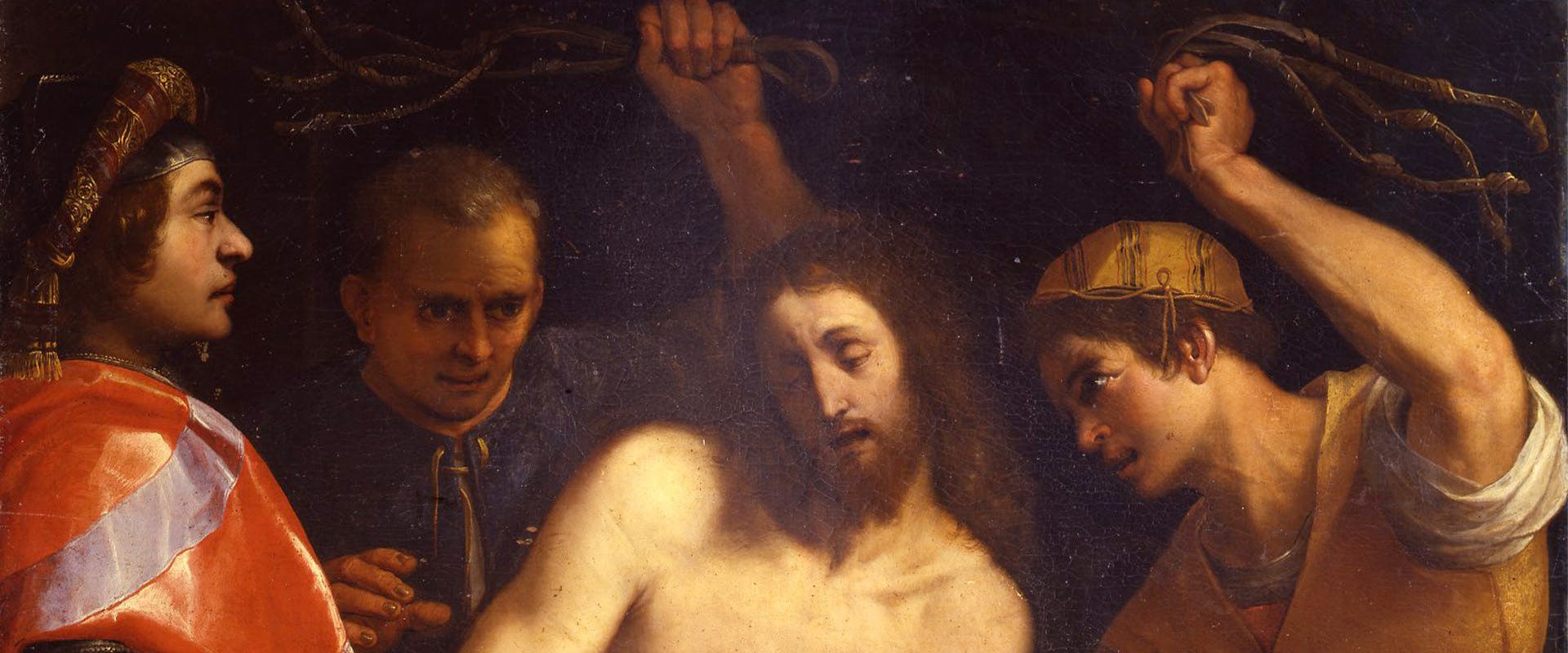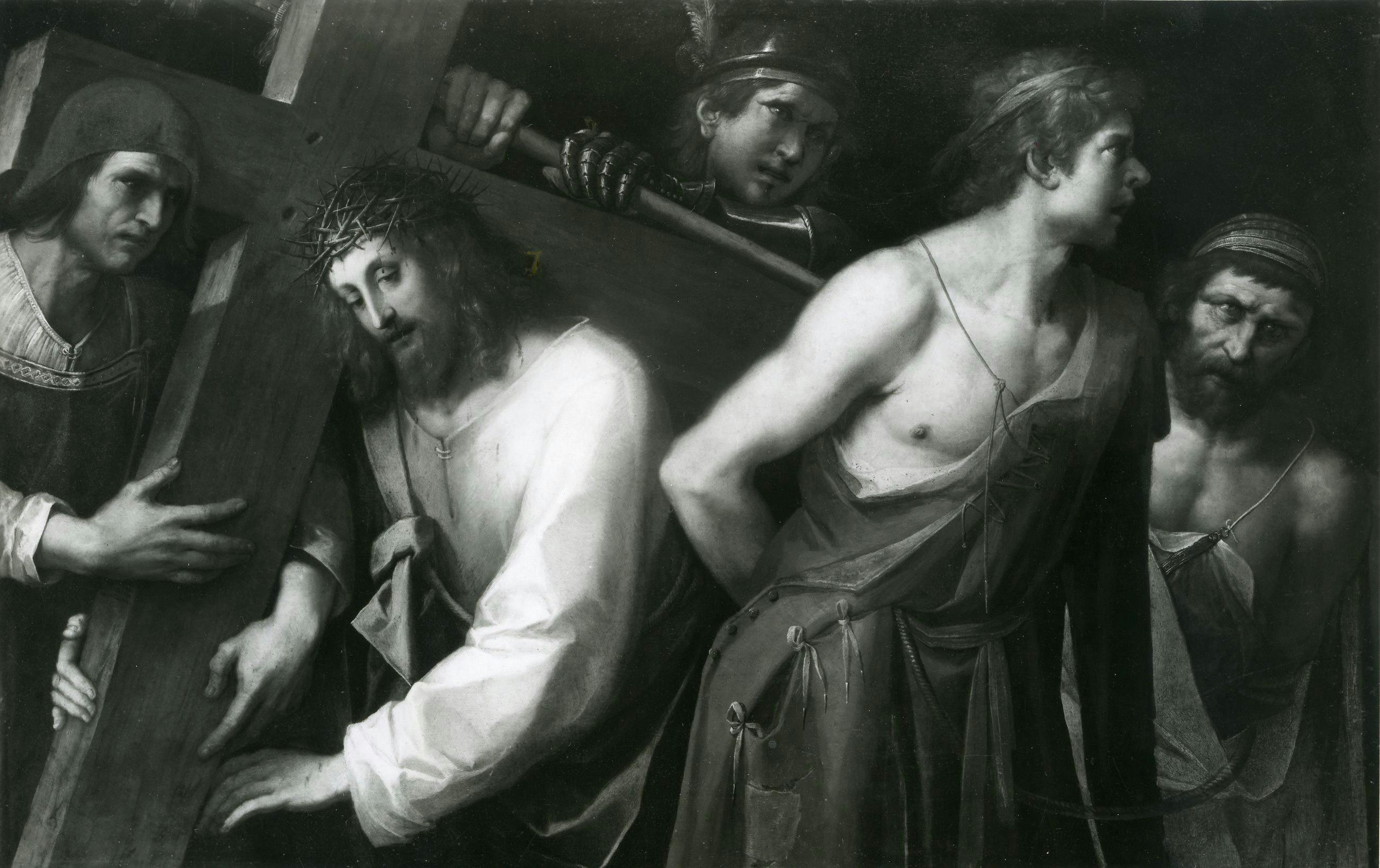The myth, the sacred, the portrait. Paintings from the repositories of the Palatine Gallery
Portraits documenting the history of the Medici Grand Dukes of Tuscany and their role in the stage of European politics.
The exhibition enables the public to admire important works of art collected by the Medici family which also illustrate the indissoluble link that the reigning family wished to set up with Florence when it bequeathed its treasures to the city permanently “as ornament of the State, for Public utility and to attract the curiosity of Foreigners”.
On display there are nineteen paintings telling the stories of the places they come from; palaces and villas belonging to people who commissioned those works of art to the most popular painters of the time, or who purchased them in order to enrich their collections.
The exhibition is divided into four sections which illustrate the subjects that were more common and which satisfied the most the taste of the collectors, within a timespan comprised between the 1560s and the first half of the seventeenth century.
The section dedicated to Sacred Stories comprises subjects from the Old and New Testament addressed by both Flemish artists such as Frans Floris, and Italian painters including Artemisia Gentileschi and the Veronese Jacopo Ligozzi, an artist much-loved by both Francesco I de’ Medici and his brother and successor Ferdinando I.
A third section is a brief tribute to Don Lorenzo de' Medici, the son of Ferdinando I and Christine of Lorraine. Known as a refined and attentive art lover, dedicated to the patron of the greatest thinkers of his time, Don Lorenzo commissioned several works for his home, the Villa Petraia.
The Portrait, as an expression of family and political ties, as a gift, or as a symbol of the moral virtues of the person portrayed, is the subject that closes the exhibition. The five paintings displayed here portray Gaston of Orleans, Henrietta Maria and Elisabeth, the younger children of Maria de’ Medici and Henry IV of France, together with Cosimo III de’ Medici and Margherita de’ Medici as Saint Margaret.

